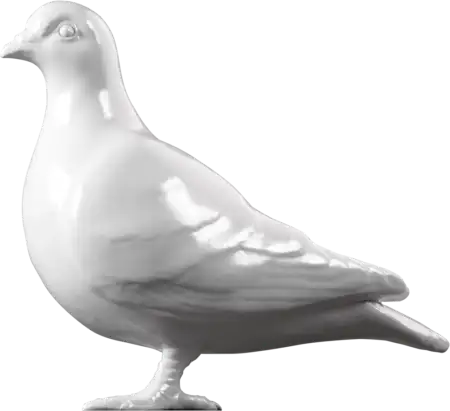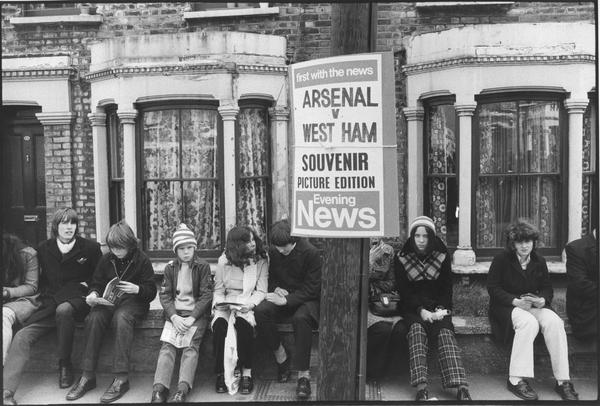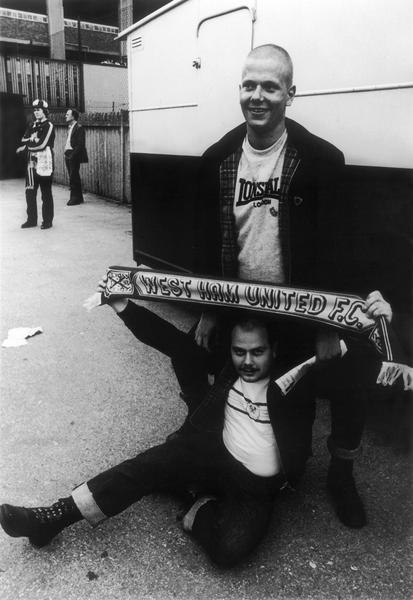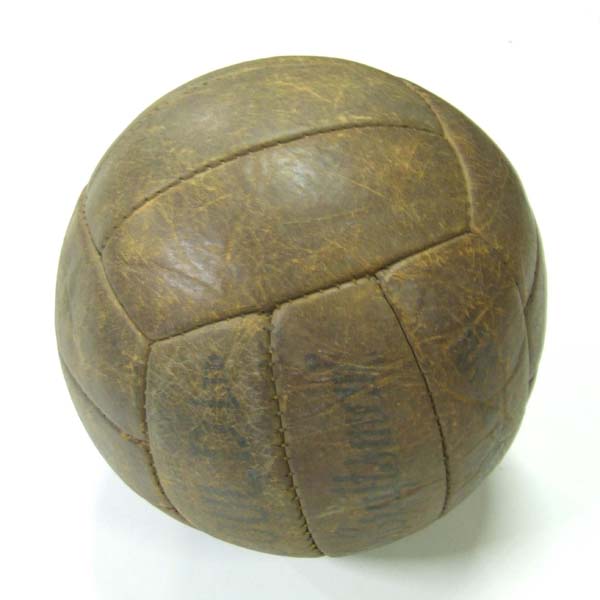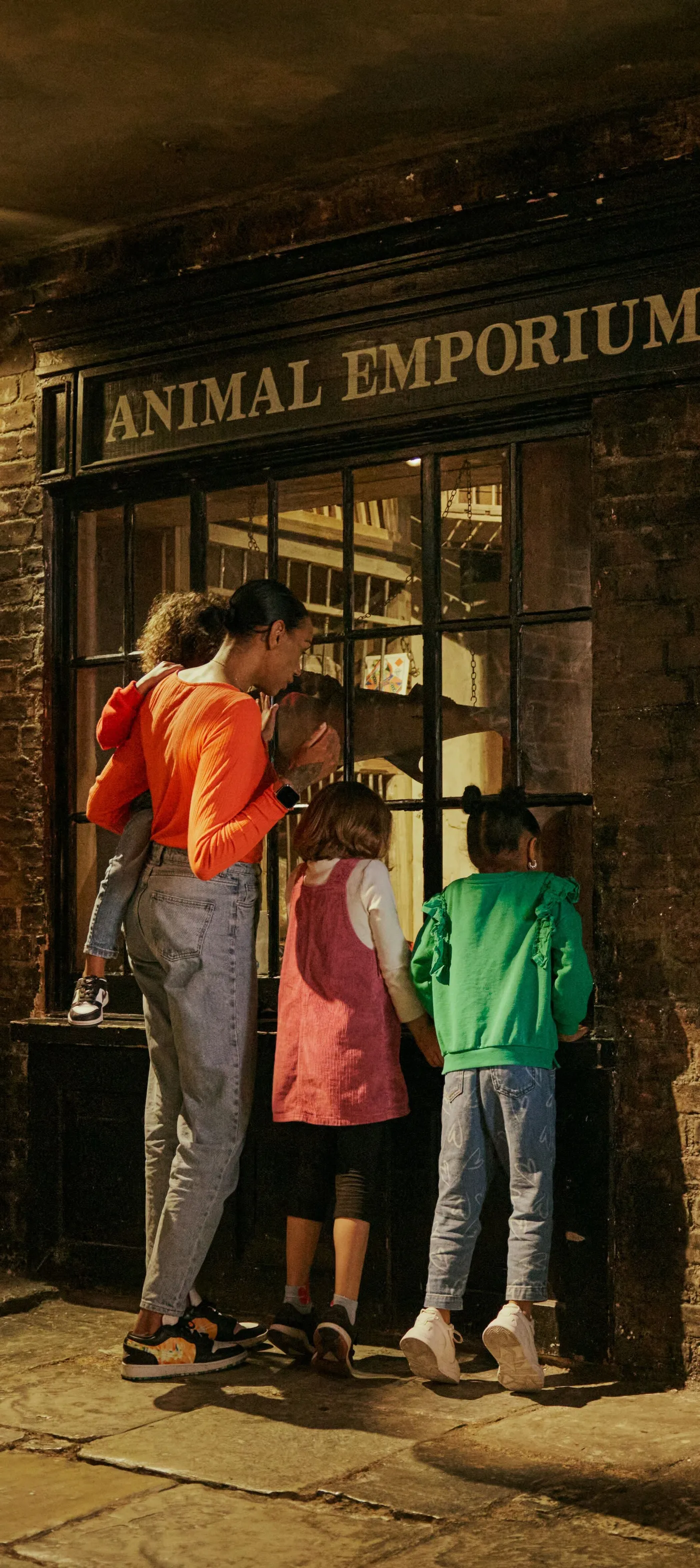London’s lost football grounds
What makes a football ground a home? It’s a question London’s historic clubs have reckoned with over the years. As the beautiful game hugely expanded over the 20th century, beloved home grounds became seen as too small, old or unsafe. Clubs moved onto pastures new and many iconic stadiums were reduced to rubble, with valuable land turned into homes and businesses.
Across London
1900s

Tottenham Hotspur FC’s White Hart Lane, 1899–2017
At the start of White Hart Lane’s 118-year history, 5,000 fans watched games from mobile stands on the site of a disused plant nursery. The ground’s capacity peaked in the mid-1900s when 80,000 could cram onto the terraces. The rowdiest stood on the two-tiered ‘Shelf’ along the touchline. Spurs’ statue of a cockerel atop a ball loomed over the stadium from 1909. A replica now sits on the 62,000-capacity Tottenham Hotspur Stadium that replaced White Hart Lane in 2019.

Brentford FC’s Griffin Park, 1904–2020
Brentford is a club with a boozy history. Its old home, Griffin Park, was England’s only football league ground with a pub on each corner of the ground. It was named after one of these pubs, the Griffin, and built on a former apple orchard owned by Fuller’s Brewery. Griffin Park was an old-school, mixed-tier ground nestled among terraced houses. Brentford’s final game here in 2020 was played to an empty stadium because of Covid-19 restrictions.

West Ham United FC’s Boleyn Ground, 1904–2016
These cartoonish castle towers flanking the Boleyn Ground entrance nodded to the nearby Boleyn Castle, a stately home in Upton Park, Newham, which was demolished in the 1950s. With its stands packed tight to the pitch, the Boleyn Ground was a fortress for the Hammers. The loudest fans could be found on the ‘Chicken Run’ terrace giving the opposition players a piece of their mind. The Chicken Run was demolished in 1969. The whole stadium was brought down in 2016 to make way for a housing development.

Millwall FC’s The Old Den, 1910–1993
‘Intimidating’ is a word flung at Millwall’s old stadium, The Den, more than most other grounds. It was a fitting home for a club nicknamed ‘the Lions’, situated in industrial south-east London and penned in between railway lines. Even the walk to the ground down the dark, cobbled streets of Cold Blow Lane could put you on edge. Inside, the pared-back stadium had low-pitched roofs and floodlight pylons that could block your view.

Wimbledon FC’s Old Plough Lane, 1912–1998
Plough Lane in Merton was built on disused marshland and featured a famously narrow tunnel onto the pitch. Wimbledon FC played non-league football for most of their existence. But when they climbed through the league in the 1980s, little money was invested in the ground and much of it fell into disrepair. The club’s board decided it would be too expensive to modernise the existing stadium and Wimbledon left in 1992.

Arsenal FC’s Highbury Stadium, 1913–2006
Highbury was Arsenal’s first north London home. The club was actually founded in Woolwich, south-east London. Arsenal’s original Highbury ground was designed by Archibald Leitch, architect of other iconic stadiums like Old Trafford and Anfield. The art deco-style East Stand was built in 1936, and contained the glamorous ‘marble halls’ for the club’s offices. Highbury was demolished in 2006 and turned into housing.

Hendon FC’s Claremont Road, 1926–2008
Hendon’s Claremont Road was built on a disused dairy farm in Cricklewood, north London. The stadium was one of the first outside the football league to have floodlights, which were built in 1962. It was used as a training ground for international teams playing at nearby Wembley, and also as a set for TV and film. The club were forced out in 2008 and the stadium was left derelict for years before it was redeveloped into housing.

Romford FC’s Brooklands Stadium, 1921–1977
Situated in Havering, east London, non-league Romford FC’s home had a grandstand and floodlights, representing the club’s ambition to join the football league. The ground’s oval shape also meant it could host the short-lived motorcycle speedway team, the Romford Bombers, between 1969 and 1971. By the 1970s, Romford FC had fallen deep into debt. The club were forced to sell the stadium and eventually moved out in 1977.
